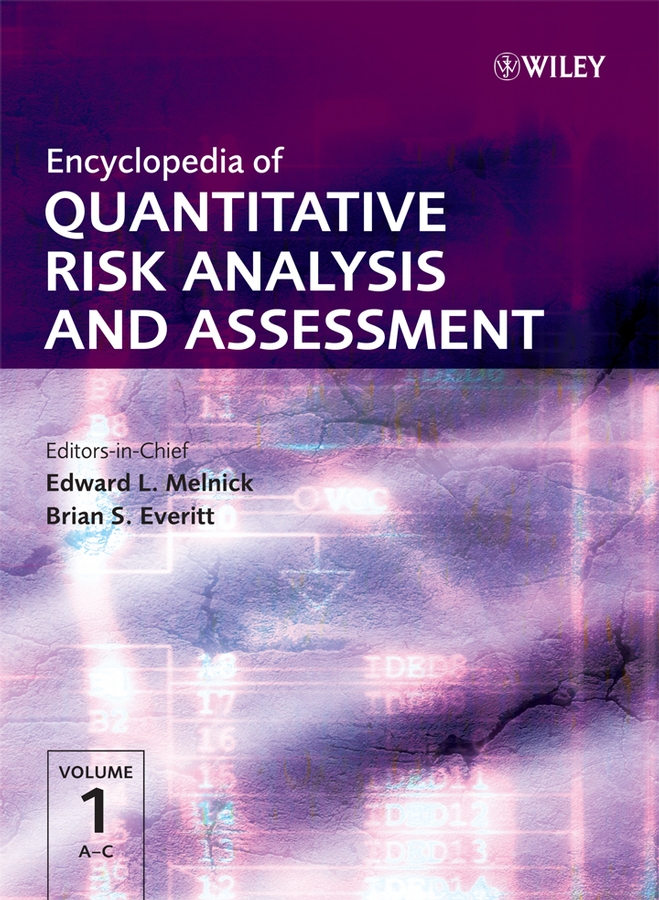Randomized Controlled Trials
Abstract
In the medical sciences, the ideal experiment is the randomized controlled clinical trial (RCT) in which the subject or patient is randomized to treatment with an experimental agent or control (either placebo or other active treatment), in a double-blind manner. The RCT is the “gold standard” in medical research to establish the efficacy of a new treatment or intervention. The benefits of such an experiment are that any observed differences between the two groups (or more groups) with respect to the outcome can be attributed to the treatment and are without bias. That is, confounding is controlled and selection bias is removed since neither the subject nor the investigator chooses the intervention.
In this entry, we review the issues in the design, conduct, analysis, and interpretation of a randomized clinical trial.



